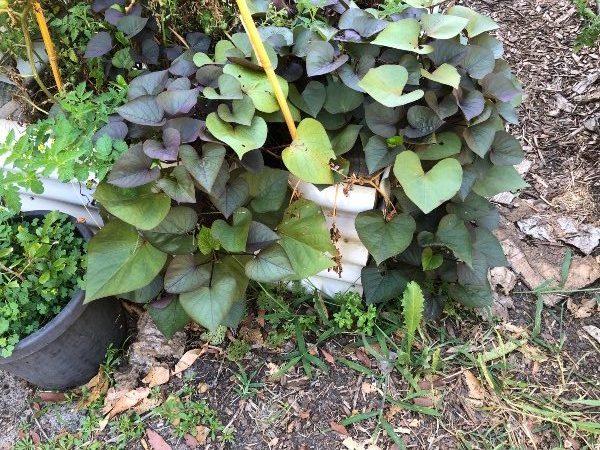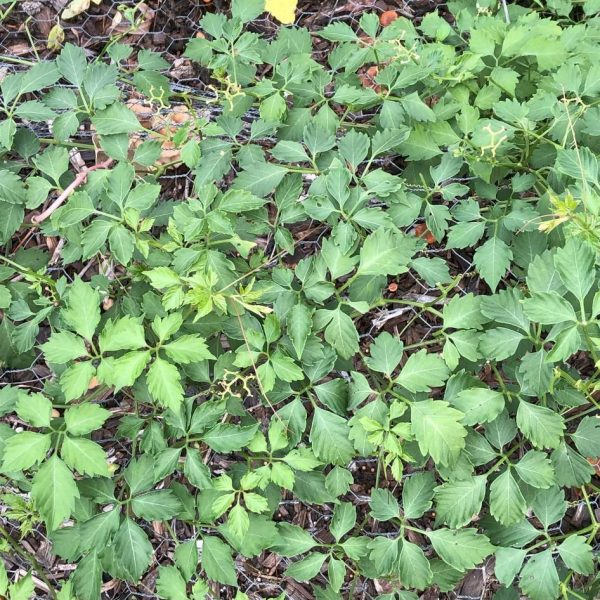Aztec Sweet Herb - a Remedy of the Ancients
This dainty plant is in the Verbena family, and yes, it does bear likeness to the lemon scented Verbena. It is a small spreading shrub as well as a climber, sprawling gently over surrounding vegetation.
This herb has been used since antiquity by the ancient Aztecs as a cough remedy. Till today, people in Central American region use a decoction of the herb (leaves, flowers and stems) for dry cough, cold, bronchitis, asthma, urinary obstruction and colic; as well as for terminating pregnancies. Infusion can be used as well.
Aztec Sweet Herb tincture has been used successfully in the 19th century for the same ailments. Interestingly, times have changed and there is nobody producing Aztec Sweet Herb tincture today.
Tinctures are very handy to have in a cupboard, especially for herbs that can be harvested only in a particular time of the year. Since this herb is supposed to be evergreen (in warm climates, of course), you should still have some leaves in the time of the year when you need it most. But if you want to be on the safe side and make your own – the tincture used to be 1:4 and the dose was 1 to 2 droppers. This seems high, but remember, you only take it when you need it, and then stop when you feel better.
This herb reduces inflammation, it is anticholinergic, which means it reduces expression of acetylcholine: it lowers histamine, opens up bronchi in the lungs, relaxes smooth muscles, but can induce or increase uterine contractions. For this reason it is contraindicated in pregnancy.
It is also an expectorant – it soothes mucous membranes and works wonders in dry, barking, irritating cough. A great little herb for times when you really need it.
A New Sweetener?
There is a search for sweet substances which could replace sugar. Diabetes is wide spread, people want to be healthy but still enjoy that sweet taste. We all know the disastrous effects of aspartame. That’s why finding a new sweetener could be very profitable.
Aztec Sweet Herb or Yerba dulce does taste sweet and the scientists looked into it. They discovered a substance – hernandulcin – which is many times sweeter than sugar.
That looked promising. However, the celebration did not last long. There is quite a lot of camphor in the plant (a medicinal substance in its own right) which could become toxic with regular use.
So I tried it. When I chewed a leaf, it did taste sweet initially. Once I kept chewing, the taste changed to bitter and “minty”.
The ancient Aztecs and the native people of today never used Yerba dulce as a sweetener. To them, it was a medicine. And so it will stay.




